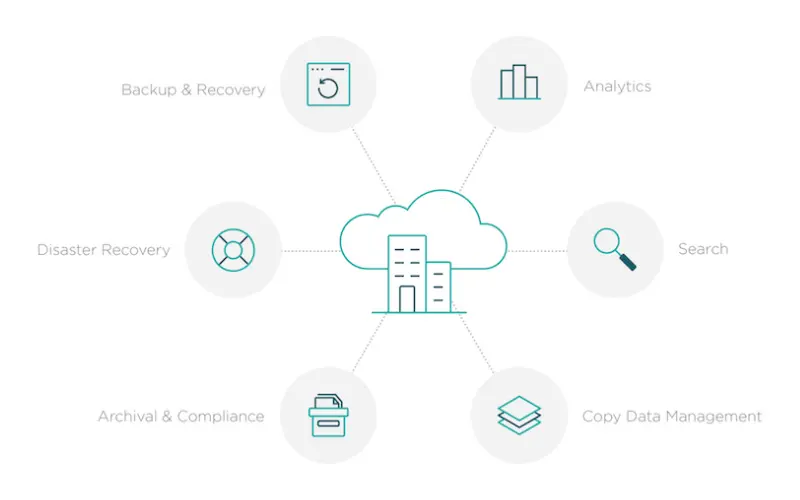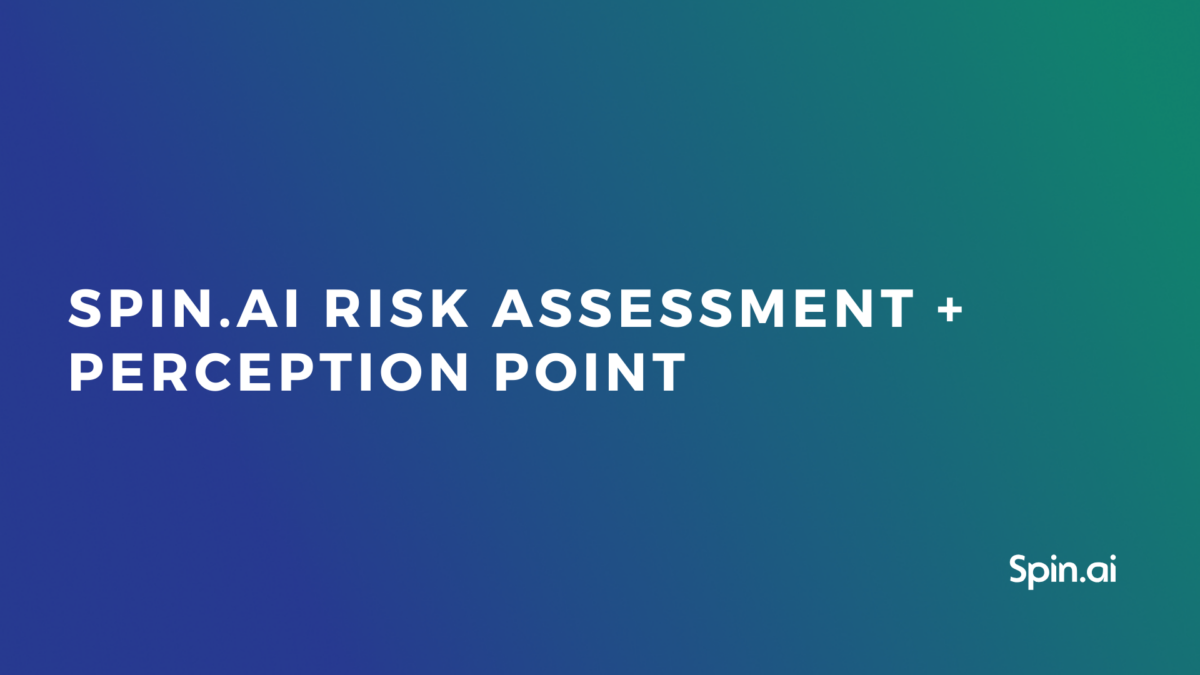Cloud Data Management: Best Practices for Businesses 2024

Cloud data management is a relatively new phenomenon many companies struggle with. In this article, you’ll learn what is CDM, its benefits, challenges, and best practices. We also share a case study of using it in cybersecurity.
What is cloud data management?
Modern businesses become increasingly dependent on cloud technologies to store and process their data. This phenomenon poses additional challenges to IT teams. They need to make data available at all times while preventing unauthorized access and other security incidents.
Cloud data management (CDM) is the set of practices and procedures for monitoring and controlling business-critical data in the cloud.
CDM includes:
- Creation and implementation of CDM strategies and policies
- Cloud services adoption and administration
- Security control and incidents prevention
Challenges of adopting cloud technologies
Cloud services make data storage and use easier and more efficient. On the other hand, IT teams face multiple challenges as they try to manage data in the cloud. Let’s get a closer look at some of the most significant ones.
The abundance of cloud services
This challenge has several important aspects that need to be addressed:
- Which tools to choose? The excess quantity of similar tools makes it difficult to pick the necessary ones and can cause analysis paralysis.
- How to manage all of the services? Many IT teams buy multiple tools to augment cloud services and then struggle to use them.
- How to detect and control shadow IT? Employees use OAuth apps unbeknownst to IT teams creating additional attack surfaces.
- How to control data siloed across multiple tools and prevent cyber incidents?
The lack of IT talents
According to a recent Gartner report, the talent shortage is “the most significant adoption barrier to 64% of emerging technologies.” Coupled with the abundance of cloud computing tools, it poses a serious problem for the tools’ adoption, application, and maintenance of security.
Non-compliance
The adoption of cloud technologies can violate laws and regulations, notoriously those governing data privacy. This creates a necessity for IT teams to work closely with legal departments while choosing the tools to use.
Adoption and implementation of policies and regulations
To ensure the efficient use of cloud tools, a company should create comprehensive policies and regulations for everyone involved in the process. This requires time, expertise, and resources. Furthermore, the company needs to make sure that all its employees follow these rules.
Security
As mentioned above, a large number of cloud services increases the attack surface. Cybercriminals exploit vulnerabilities of tools as long as security gaps such as for example shared responsibility model in Microsoft services. IT teams, therefore, have to search for additional cybersecurity solutions to detect these vulnerabilities and close security gaps.
Cloud data management platforms can help IT teams address these issues. They create an integrated environment for using, editing, and preserving data in the cloud.
Benefits of cloud data management
Data quality and data integrity
Before adopting cloud technologies, employees would often pile up copies and versions of the same data entry. Now, they can have only one copy that everyone collaborates on. Meanwhile, the previous versions are preserved in history and backups.
The amount of data “garbage” thus decreases significantly. The company and its employees can be confident that data remains accurate and up to date.
Data governance
Businesses need their employees to easily access data and make the most of it. Cloud data management tools provide greater data usability. Furthermore, they enable the IT teams to manage data access more efficiently.
Since data isn’t siloed across multiple devices, managing data becomes much easier. For example, many users report better information discoverability and improved analytics capacities.

Security
The security of the data stored on modern cloud storage like AWS, Azure, or GCP, is much higher compared to data stored on-prem. This is true for both physical and virtual incidents. The data centers specialize in data protection and thus have more advanced cybersecurity technologies.
Cost and scalability
Keeping data in the cloud can help save money on physical maintenance and IT administration of on-prem data storage. Furthermore, many CDM platforms offer archived user functionality at a lower price.
The subscription-based model, when companies pay per user per period of time, enables businesses to avoid additional costs when they need to decrease the number of users. Later on, they can get more accounts when, for example, business is expanding.
Best practices of CDM
Strategy
Most experts agree that the adoption and implementation of cloud data management should have a clear strategy. Before moving to the cloud, IT teams should consider multiple factors and adopt a consistent plan.
The factors include:
- Compliance risks
- CDM platform choice and functionality gaps
- Augmenting tools and their compatibility with each other
- Administration of cloud services
- Regulations of data usage
- The transition of employees to the cloud
- Cybersecurity
Compliance
Before transitioning to the cloud and choosing the solutions, learn which laws and regulations govern the data in your possession. It will help you rule out the solutions that aren’t compliant with these regulations.
Learn more on this from our articles:
- Cloud Compliance Guide for Businesses,
- Compliance with: HIPAA, NIST 800-171, CCPA, SOX, GDPR, SOC-2, PCI.
Cybersecurity
Disaster recovery plan
Storing data in the cloud creates certain risks of corruption or loss. Either by malicious intent or by mistake, users can change or delete a data entry or data sets. In addition to that, a cyber event such as, for example, a ransomware attack can also make data use impossible.
Companies should regularly back up their data to ensure prompt recovery in case of an incident. When choosing cloud backup, IT teams should consider tools that enable them to back up not only data but also metadata. This functionality will save much time and effort during the restoration process.
Ransomware protection
Ransomware can hit certain cloud services, such as Google Workspace, Microsoft Office 365, and Salesforce. One of the ways to address this problem is to use the backup. However, the restoration of terabytes of data can take days or even weeks due to the limitations of APIs per minute.
Another way to address this problem is to acquire ransomware protection that will stop the attack immediately after its beginning and restore encrypted data from a backup.
Access management
Unauthorized access to data by a company’s employees or people outside the organization can lead to data leaks. This event can result in financial and reputational losses. Furthermore, it can have legal consequences for the company.
Companies need tools that will enable them to monitor and control:
- unauthorized logins,
- data sharing.
Application control
Many large cloud platforms have third-party satellite applications that provide additional functionality. Unfortunately, not all of these apps are safe. Cybercriminals use their vulnerabilities to gain unauthorized access to corporate data.
To prevent such cyber incidents, companies should detect shadow IT, assess application risks, and allow/deny users access to these apps.
Cloud data management automation
As mentioned above, managing data in the cloud can be challenging for companies especially when they’re experiencing a talent shortage. Cloud data management automation can be just the right solution for these companies.
The IT market offers a large number of automation tools. Let’s review an example of automating cloud data protection.
SpinOne is a data protection platform that works with Google Workspace, Microsoft Office 365, and Salesforce. It enables companies to monitor their cloud data environments, detect incidents and take timely actions.
SpinOne functionality includes:
- controlling the unauthorized data access
- assessing application risks
- AI-based ransomware protection
- regular backups.
SpinOne helps address multiple cloud data management issues, automate mundane cybersecurity tasks, and facilitate the decision-making process for IT teams.
Was this helpful?
How Can You Maximize SaaS Security Benefits?
Let's get started with a live demo
Latest blog posts
Reducing Browser Extension Risk with Spin.AI Risk Assessment + Perc...
April 24, 2024Spin.AI is collaborating with Perception Point: integrating the Spin.AI Browser Extension Risk Assessment within the... Read more
How to Restore A Backup From Google Drive: A Step-by-Step Guide
April 10, 2024Backing up your Google Drive is like making a safety net for the digital part... Read more
Protecting Partner Margins: An Inside Look at the New Spin.AI Partn...
April 2, 2024Google recently announced a 40% reduction in the partner margin for Google Workspace renewals –... Read more


